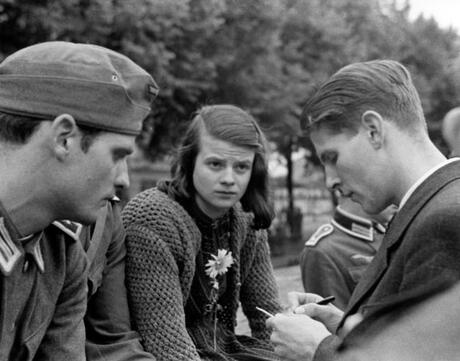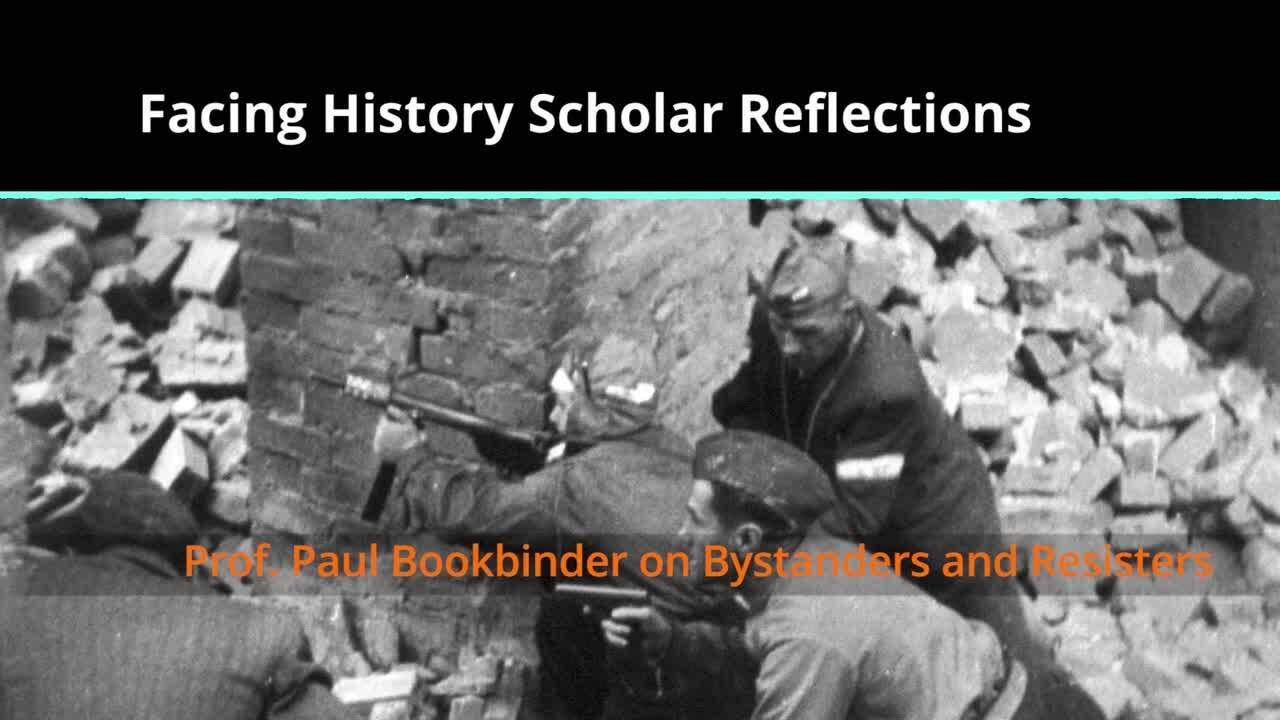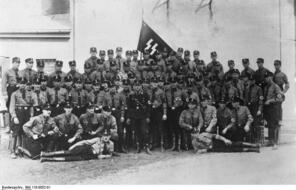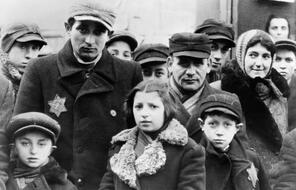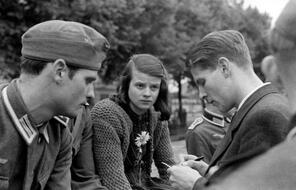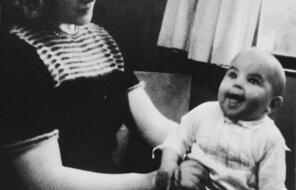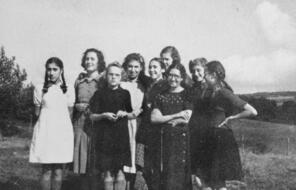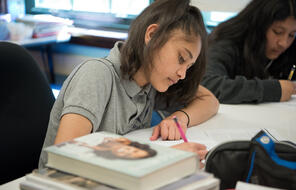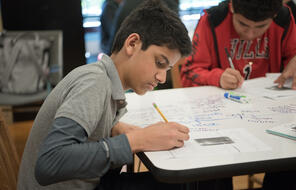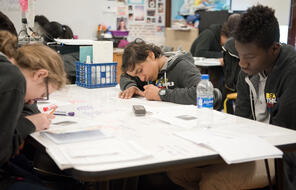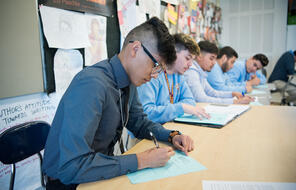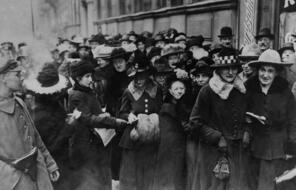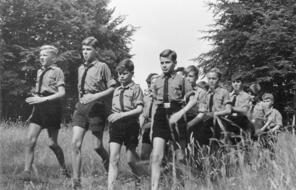The history of the Holocaust reveals a range of behavior of which people are capable when confronted with extreme brutality toward their fellow human beings. While the Nazis carried out their plans to murder millions of Jews and other supposedly inferior groups, individuals, groups, towns, and even entire nations risked their own safety to protect, hide, or evacuate those in danger. However, opportunities to resist or rescue were not available to everyone, and among those who had such opportunities, many did not seize them. Indeed, thousands participated actively in the Nazi plan of annihilation, while many more knew what was happening and did nothing. The efforts of rescuers and resisters, therefore, were the exception rather than the rule, and the Nazis largely succeeded in their plan to annihilate European Jews. Historian Peter Hayes writes:
A few diplomats rose to the occasion, but most did not. More clergy accepted the challenge, but a majority did not. Minority group members expressed solidarity with Jews more frequently than the surrounding population, but not reliably or uniformly. Cosmopolitan residents of Warsaw may have been more inclined to aid Jews than Poles in the countryside, but not dependably so. Rescue was always the choice of the relatively few.
Hayes adds that “at most, 5 to 10% of the Jews who survived the Holocaust in Europe did so because a non-Jew or non-Jewish organization . . . concealed and sustained them.” In the end, the Nazis succeeded in murdering 6 million of the estimated 9 million Jews who lived in Europe in 1939.
Because of the magnitude of the tragedy of the Holocaust, it is necessary to confront the reasons why so many participated as perpetrators or looked the other way as bystanders. The Nazis persuaded or coerced thousands to participate. Many others participated willingly; they were true believers in Nazi ideology and did not need to be persuaded. By doing nothing, one could also indicate tacit approval of the persecution and killing of certain groups, or at least the belief that the victims’ lives were not worth risking one’s own life or livelihood to stand up for. Some people cooperated in the Nazi program of mass murder, or at least looked the other way despite the evidence that millions were perishing, because they stood to gain personally by taking the homes and possessions of Nazi victims. Many people did nothing in response to what they knew because they feared punishment for interfering or were consumed by their own wartime difficulties.
If the action and inaction of perpetrators and bystanders represents some of the worst of which human beings are capable, the courage of resisters and rescuers represents the best. Nearly all Jews who went into hiding relied on others to help them, and they often felt that they were totally dependent on their helpers—for food and water, for news from the outside world, and especially for a willingness to continue to keep their secret. Sometimes Jews were hidden by neighbors or former employees whom they knew, and sometimes they were helped by strangers. Sometimes entire communities provided shelter, food, and fake documents for dozens of families, actively taking part in the rescue or choosing to remain silent and not report their neighbors’ activities. Some diplomats created false papers and exit or transit visas, saving the lives of thousands of Jews at great risk to their own safety. On an even larger scale, one nation, Denmark, evacuated nearly all of its Jewish residents to safety after hearing that the Germans were planning to deport its entire Jewish population.
Sometimes rescuers acted after great deliberation, or after having taken smaller measures of resistance against the Nazi regime before accepting greater amounts of responsibility for the fate of others. In his study of rescuers, psychologist Ervin Staub states, “Goodness, like evil, often begins in small steps. Heroes evolve; they aren’t born. Very often the rescuers made only a small commitment at the start—to hide someone for a day or two. But once they had taken that step, they began to see themselves differently, as someone who helps. What starts as mere willingness becomes intense involvement.”
Other rescuers say that the decision to act was neither gradual nor complicated. Magda Trocmé, who helped hide thousands of Jews in the French village of Le Chambon, explains:
We had no time to think. When a problem came, we had to solve it immediately. Sometimes people ask me, “How did you make a decision?” There was no decision to make. The issue was: Do you think we are all brothers or not? Do you think it is unjust to turn in the Jews or not? Then let us try to help!
By examining the stories and choices of perpetrators, bystanders, upstanders, and rescuers during the Holocaust, we are not only better able to understand what happened during this crucial period of the twentieth century but can reach a deeper understanding of the range of human behavior in any time of crisis. By examining what led some to limit their universes of obligation and see the lives of others as not worth protecting, we can gain insight into the forces in our own lives that might encourage us to act cruelly or inhumanely, or to ignore such actions by others. By hearing and honoring the stories of those who took risks, large and small, on behalf of others, we might better find within ourselves the desire to be “someone who helps” and to act with caring toward others when circumstances require.
